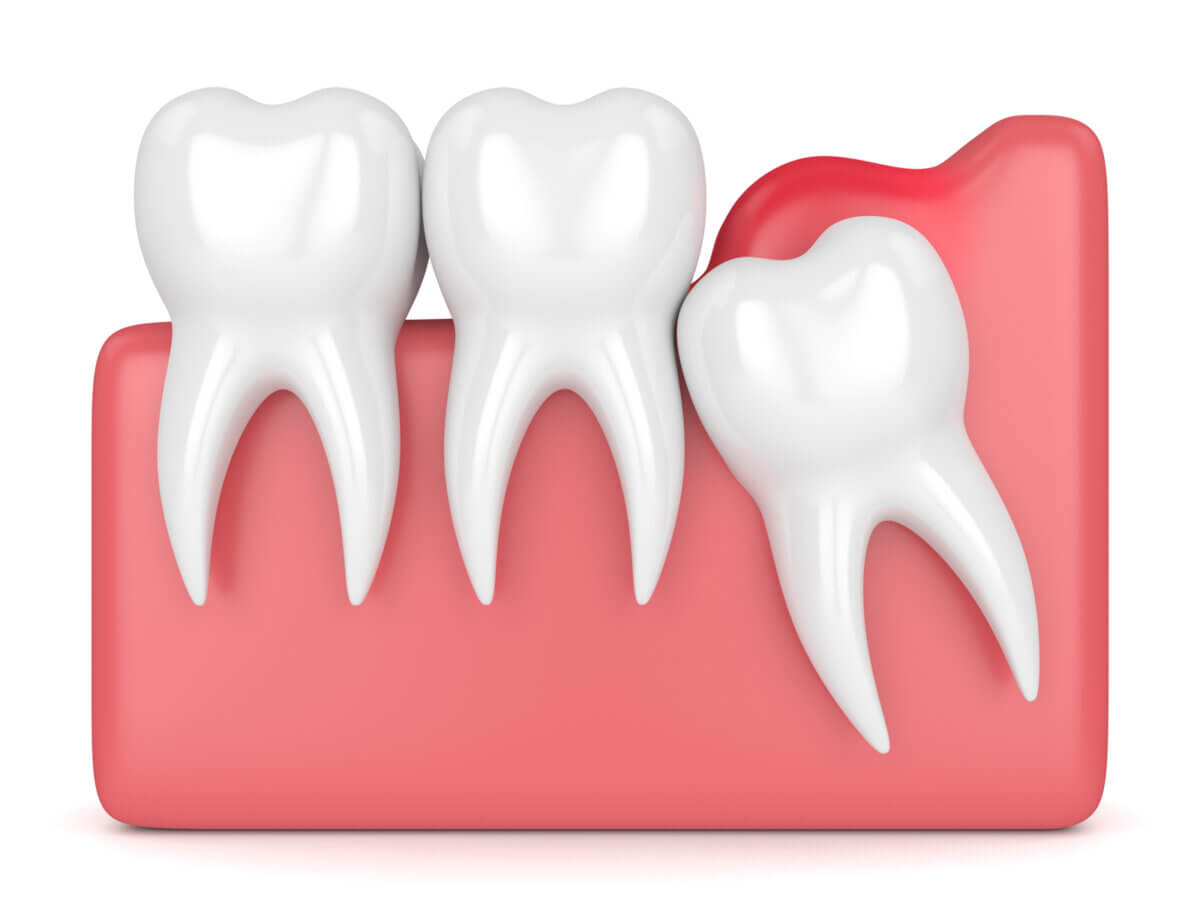Blog
Dental hygiene tips for healthy teeth & gums

Pericoronitis: Types, Causes, Signs, Symptoms, Treatments?
The emergence of wisdom teeth is often seen as a sign of maturity, and as the name suggests, wisdom. These latest and third sets of teeth usually start to grow in individuals of age group 17 to 25. The third molar or wisdom teeth are the chewing set of teeth. You must have heard people in their 20s complaining about awful pain in their mouth. The reason mostly is the growth of wisdom teeth. Although it would sound like such a turning point in an individual’s life, it can also be a grave memory if not cared for properly.
How does Periocorontis develop?
The set of wisdom teeth grow vertically, which can be termed as the correct or normal way. Sometimes, they grow in horizontal, mesioangular, or distoangular ways. Another result of the growth can be a failure in proper growth. In this scenario, the set of teeth don’t completely come out of the gums. In such cases, the individual can develop the condition of ‘Pericoronitis’. In this condition, the wisdom tooth or teeth don’t grow entirely, causing immense pain leading to infection.
Pericoronitis, also referred to as the wisdom tooth infection, is the condition in which the area around the soft tissue of a partially erupted tooth has inflammation, which ultimately leads to infection. The condition can be mild and for a short time or can persists and turn severe too.
This condition develops because the third set of molars are difficult to reach by a toothbrush. The area thus is not properly cleaned and taken care of. Therefore, it becomes more prone to a bacterial infection, which can affect the partially erupted wisdom tooth.
Types of Pericoronitis
Pericoronitis can develop in two ways:
- Acute pericoronitis: It is identified by symptoms like swelling of the affected area, pain and fever.
- Chronic pericoronitis: It lasts for the long term. A person suffering from chronic pericoronitis may have mild inflammation in the infected area with significantly fewer or no symptoms.
Symptoms of Pericoronitis
- Difficulty in chewing due to severe pain in the oral cavity, including throat, ear, mouth, and jaws.
- Severe pain disturbing your sleep
- Swelling in gums accompanied by redness and tenderness
- Problem while swallowing water or food
- Unable to open the mouth due to pain and swelling
- Fever
- Bad breath
- Swelling in lymph nodes (neck)
- Bad taste in the mouth
Diagnosis, Treatment and Prevention
A dentist or oral surgeon needs a dental X-ray to understand the existence and severity of the disease.
Once diagnosed with pericoronitis, the patient should immediately get on with the treatment. The patient will either be given doses of painkillers and antibiotics to curb the situation. However, If the situation is severe, it is suggested that the patient should get the impacted wisdom tooth removed. Many also choose the removal of the gum flap for thorough cleaning of the area. But it is not the best-case scenario as the gums can grow back and cause the same situation again.
It is advised to religiously follow the routine of brushing, flossing and using mouthwash to avoid Pericoronitis. It doesn’t let bacteria grow and also clears the residue food particles.
To conclude, your teeth are one the best features of your appearance, keep them healthy and bacteria-free!
Book Appointment to find out which treatment might be best for you.


